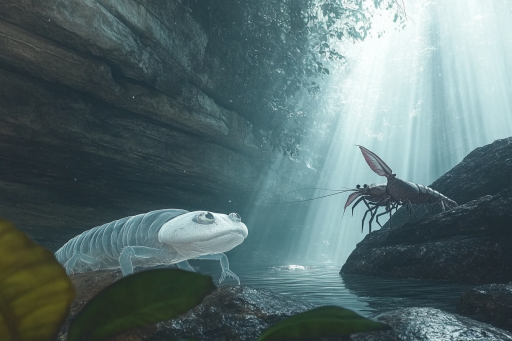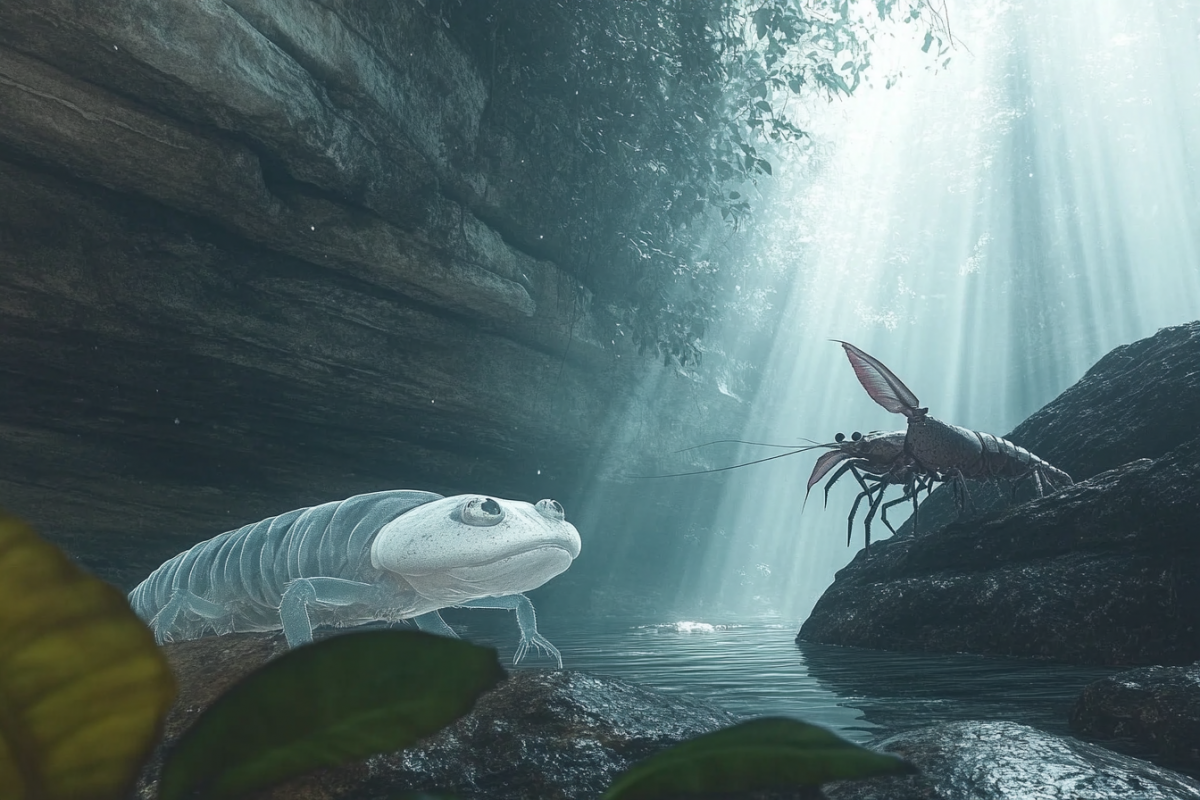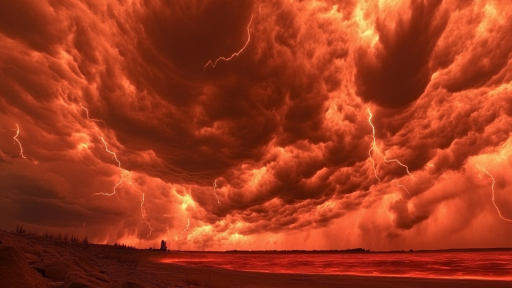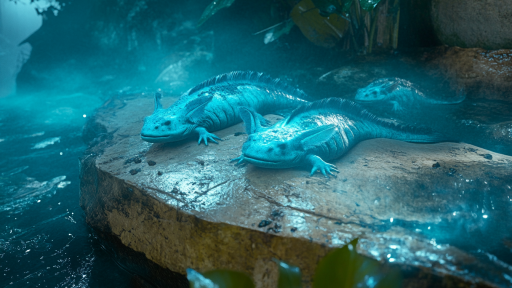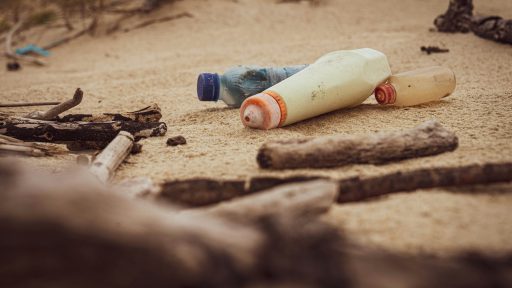
Evolution is supposed to favor practical, survival-oriented adaptations, yet nature sometimes creates creatures that seem to defy logic. Some animals have bizarre, almost supernatural traits, from see-through skin to bioelectric shockwaves that science can barely explain. These evolutionary oddities prove that nature plays by its own rules, creating life forms that look like they belong in science fiction rather than reality.
The Axolotl – The Eternal Juvenile

Unlike most amphibians, axolotls never undergo full metamorphosis, retaining their larval features their entire lives. This bizarre ability allows them to regrow lost limbs, spinal cords, and even parts of their hearts and brains. Scientists study them for their extraordinary regenerative properties, which could hold the key to human tissue regeneration.
The Platypus – A Mammal That Lays Eggs

The platypus defies every rule of mammalian classification, with its duckbill, webbed feet, and the ability to lay eggs. Even stranger, males have venomous spurs on their hind legs, capable of inflicting excruciating pain. Scientists are still baffled by its mix of reptilian, avian, and mammalian features, making it one of the strangest evolutionary experiments in nature.
The Glass Frog – The See-Through Amphibian

This frog looks like it was created in a lab, but it’s 100% natural. Its transparent skin allows scientists to see its organs, heartbeat, and even blood flow. Researchers believe this feature helps it blend into its surroundings, making it nearly invisible to predators.
The Barreleye Fish – A Creature With a Transparent Skull

This deep-sea fish has a see-through head, allowing its barrel-shaped eyes to rotate inside its skull. This adaptation helps it see predators and prey from multiple angles in the pitch-black ocean depths. The fish’s eerie appearance makes it look like an alien experiment rather than an Earthly creature.
The Mantis Shrimp – The Living Bullet

The mantis shrimp’s punch is so powerful that it creates an underwater shockwave, capable of boiling water and shattering glass. Its eyes can see ultraviolet and polarized light, detecting colors that are invisible to the human eye. Scientists are studying its incredibly strong claw structure for new armor and material designs.
The Tardigrade – The Indestructible Microscopic Beast

Tardigrades, also known as water bears, can survive extreme temperatures, radiation, and even the vacuum of space. These tiny creatures enter a suspended animation state, allowing them to withstand conditions that would kill any other known life form. Some scientists believe they could be the first organisms to colonize other planets.
The Immortal Jellyfish – Nature’s Secret to Eternal Life

The Turritopsis dohrnii jellyfish is the only known organism that can revert to its juvenile form indefinitely, essentially resetting its biological clock. This means it is biologically immortal, capable of living forever under the right conditions. Scientists are researching whether its cellular regeneration process could one day apply to humans.
The Saiga Antelope – The Animal With an Alien Face

With its large, inflatable snout, the saiga antelope looks like a creature from another planet. This strange nose helps it filter out dust and regulate body temperature in the extreme environments of Central Asia. Its prehistoric lineage dates back to the Ice Age, yet it has survived mass extinctions.
The Olm – The Blind Cave Salamander That Sees Without Eyes

This strange, pale amphibian has evolved to live in total darkness in underwater caves. Unlike most salamanders, the olm is blind but has heightened electroreceptive senses, allowing it to “see” by detecting electrical fields in its environment. It can also live for years without food, slowing its metabolism to near stasis when necessary.
The Leaf Sheep – A Sea Slug That Photosynthesizes Like a Plant

The leaf sheep sea slug looks like a tiny, cartoonish sheep, but what makes it truly remarkable is its ability to photosynthesize like a plant. This sea slug steals chloroplasts from the algae it eats, allowing it to generate energy from sunlight—a process called kleptoplasty. It’s one of the only animals on Earth that blurs the line between plant and animal.
The Yeti Crab – A Deep-Sea Creature That Grows Its Own Food

This furry-armed crustacean was only recently discovered near hydrothermal vents in the deep ocean. It farms bacteria on its hairy claws, which it then eats as its primary food source. Living in pitch-black, boiling-hot waters, the yeti crab survives in one of the most extreme environments on Earth.
The Narluga – A Hybrid of Narwhals and Belugas That Shouldn’t Exist

The narluga is an extremely rare hybrid between a narwhal and a beluga whale—two species that shouldn’t be able to interbreed. It has a mix of features from both species, including dark, speckled skin and partially developed tusks. Scientists are still trying to understand how this unique hybrid developed and what it means for marine mammal evolution.
The Vampire Squid – A Living Relic From Prehistoric Oceans

Unlike other squids, the vampire squid isn’t a predator—instead, it survives by collecting organic debris floating in the deep ocean. It has jet-black skin, glowing red eyes, and cloak-like webbing that it flares outward when threatened, making it look like a deep-sea phantom. Its ancient lineage dates back to a time when dinosaurs still ruled the Earth.
Nature Plays by Its Own Rules

survival, yet these animals seem to defy logic. Whether they possess immortality, regeneration, or physics-defying abilities, they prove that life on Earth is stranger than we ever imagined. As scientists continue to uncover more about these evolutionary wonders, one question remains—what other secrets does nature still have hidden?

